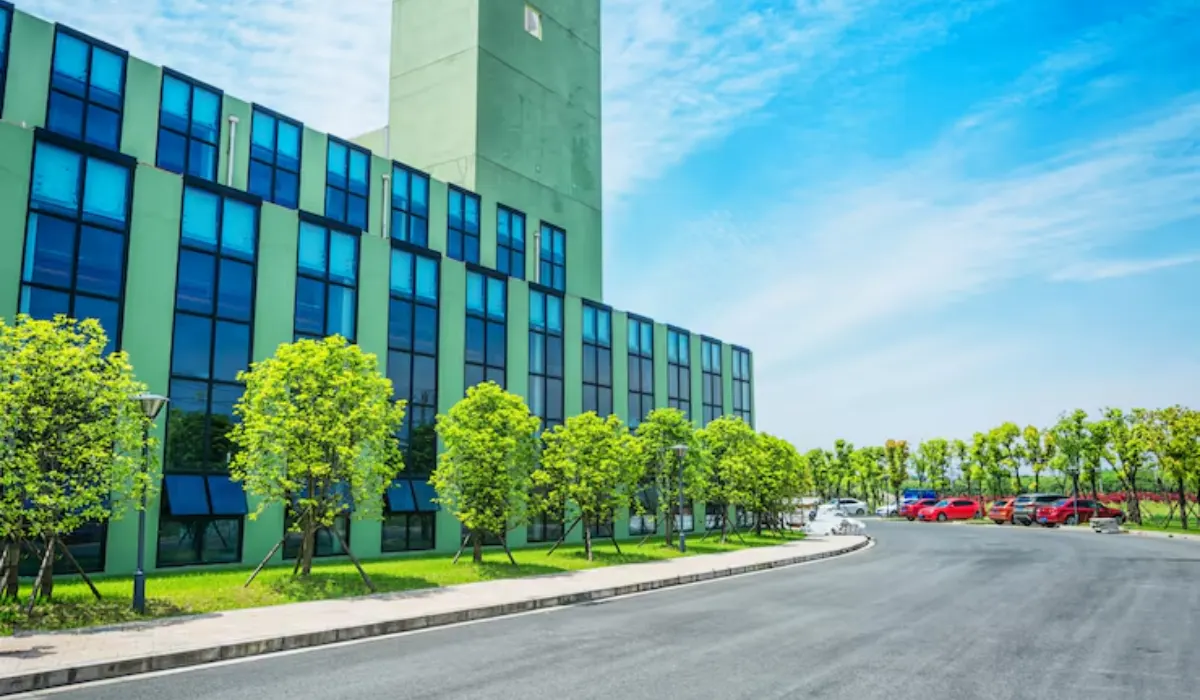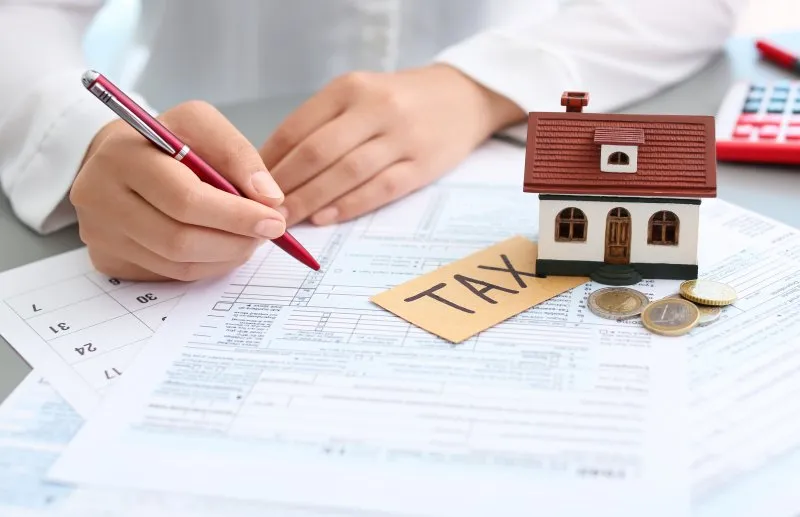Reserve Wall Governor Philip Lowe is getting terrible press, most of it undeserved.
“Lowe Blow” and “Take a Hike” were two of the headlines on the front page of one of our newspapers.
“We’ve had our Phil” was on the front page of another.

His critics – the ones weeping well-nigh continual increases in interest rates – seemed happy unbearable when he was keeping them low.
Lowe and his workbench are pushing up rates at scrutinizingly the fastest pace on record, for the same reason they cut them to the lowest level on record – to try to get the economy when into some sort of balance.
It’s tough.
But it has been washed-up before, and it worked.
In fact, the man who pushed rates lanugo then up plane increasingly aggressively than we’re seeing now, former RBA Governor Bernie Fraser, told me this week he approves of the way Lowe is doing his job – with just one exception.
How Lowe’s low rates saved jobs
When COVID hit in 2020, at a time when the Reserve Bank’s mazuma rate was once a then-record low of 0.75%, the wall cut to what Lowe described as the “effective lower bound” of 0.25%, surpassing wearing then to 0.1%, and offering banks near-free loans at 0.1%.
Lowe’s promise to buy as many government immuration as were needed to push the three-year yoke rate lanugo to 0.1% crush three-year fixed-rate mortgages unelevated 2%. Variable-rate mortgages slid to 2.5%.
In concert with the Morrison government, which spent massively in response to COVID, Lowe cut rates to try to alimony working an economy that was shutting down.
The weightier measure of unemployment is the one that counts as unemployed the Australians working zero hours.
It climbed to 15% in April 2020 – the worst since the Great Depression.
The stimulus programs, the inrush of vaccines and the end of lockdowns worked magic, as did the Reserve Bank’s determination to ensure that scrutinizingly anyone who wanted to infringe could infringe for next to nothing.
Spending bounced back, and by July this year unemployment had fallen to a five-decade low of 3.4%.
Then this year inflation – which had remained tropical to the Reserve Bank’s target of 2-3% for a record 30 years – tapped self-ruling and climbed; at first to 5%, then to 6% and now 7.3%, all in the space of a few months.

Despite older hopes (those who were hopeful in the US and the UK, where this has moreover happened, tabbed themselves “team transitory”) inflation hasn’t come when down, and shows little sign of returning to 2-3% of its own accord.
Inflation reawakened
Seven per cent inflation matters considering an increase in prices of 2-3% per year is very variegated from an increase of 5-7%.
It makes inflation, in the words of former Governor Bernie Fraser, “a subject you don’t discuss at barbecues”.
At 2-3%, people prefer a mental model of fairly steady prices in which, when they stipulate to provide a service for a unrepealable price, they know what they are getting into.
It’s not so much that upper inflation creates winners and losers; the problem is that it becomes scrutinizingly untellable to tell who those winners and losers will be.
It’s the arbitrariness of who does well from timing price increases, and who gets hurt by them, that makes businesses difficult to run and spending difficult to plan.
The RBA’s well-spoken instructions
The Reserve Wall has a written riding instruction from the treasurer to aim to get “inflation between two and three per cent, on average, over time”.
About the only tool, it has to unzip that is the manipulation of interest rates.

It is certainly true that much of what set off the latest sudden splash of inflation won’t be restrained by high-interest rates.
Diesel and petrol prices are set internationally and soared without Russia invaded Ukraine.
But a lot of what set off and is sustaining the resurgence of inflation most certainly can be tamed by high-interest rates.
The rising forfeit of scrutinizingly everything
Home towers is expensive considering of an (internationally-driven) shortage of towers materials, and a shortage of workers not laid low by COVID.
It is true that increasingly materials and healthier workers would bring lanugo prices, but so too would less demand for towers work.
Higher interest rates help restrain the demand.

Even the global price of oil can be restrained by high-interest rates – not by high-interest rates here, but by upper rates in the US, which is a big unbearable nation for consumers tightening their belts to make a difference.
In any event, Australia’s inflation is now incredibly widespread, encompassing scrutinizingly everything sold here, including most of the things made here.
Ten years ago, 32 of the 87 items priced by the Bureau of Statistics were falling in price, while most of the others climbed.
In the latest consumer price update, I counted only six falling in price.
The verdict from a former RBA governor
This week, I rang up the person who’s arguably weightier qualified to assess the job Lowe’s doing as RBA governor now – someone who was in his shoes three decades ago.
Bernie Fraser was the Reserve Bank’s governor between 1989 and 1996.
He pushed lanugo the mazuma rate 15 times in three years to speed the recovery from the early 1990s recession.
Then in 1994, at the first sign of renewed inflation, he pushed them up faster and increasingly aggressively than Lowe has so far this year.
Fraser told me he had wanted to “shock people – let them know that you’re there, that you are concerned well-nigh inflation and you want to throne it off”.
Fraser stopped pushing up rates only when he had got inflation lanugo to where it has stayed for most of the past three decades.

As it happened, he was worldly-wise to do it without much pushing up unemployment.
Fraser said he approves of the way Lowe has been doing his job – though he said Lowe was wrong to requite imply during COVID that rates would stay low for three years.
But he moreover noted setting rates is increasingly art than science.
Fraser thinks that in due undertow shortages will ease and inflationary pressure will abate.
In the meantime, it’s essential to let people know that the wall will do what’s needed to bring inflation down, right up until the point of (but not necessarily including) increasing unemployment.
Fraser thinks there’s a good endangerment Lowe can bring inflation when lanugo to 2-3%.
He should know – he did it before.![]()
Guest tragedian is Peter Martin, Visiting Fellow, Crawford School of Public Policy, Australian National University
This vendible is republished from The Conversation under a Creative Commons license. Read the original vendible here.















